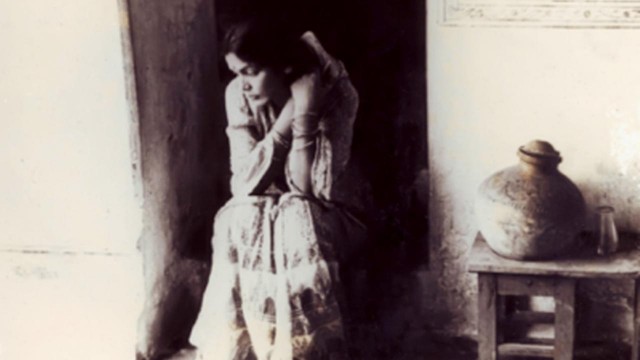
Maya Miriga
Where to Watch Maya Miriga

"Maya Miriga" is a 1984 Odia language film directed by the acclaimed filmmaker Nirad Mohapatra. The movie is a nuanced portrayal of a middle-class family in Odisha and their struggles to cope with change. It is a significant film in the context of Indian cinema for its realistic depiction of family dynamics and societal pressures.
The story revolves around the life of a joint family, a common living arrangement in India where extended members live under one roof, sharing resources and responsibilities. In "Maya Miriga," the family patriarch, played by Kishori Devi, tries to hold onto the traditional values and the joint family structure, even as modernity and personal aspirations start tearing at the seams of the family fabric.
Sampad Mahapatra plays a pivotal role as one of the family members who begins to question the outdated norms and expectations that the family upholds. His character represents the younger generation's perspective—a blend of respect for tradition but with an urgent need for change and individual growth. Mahapatra delivers a compelling performance that embodies the internal conflict experienced by someone caught between duty and personal fulfillment.
Manaswini, another central character, captures the essence of a woman's role in a traditional family and the complications that arise when faced with the prospect of change. Her portrayal is deeply moving and adds a significant layer to the thematic exploration of women's roles within the family and society.
The title "Maya Miriga," roughly translating to "The Mirage of Illusion," hints at the film's underlying theme: the ideal of the joint family and the social order it represents is increasingly becoming an illusion in the face of modernity. The film employs this metaphor to weave a narrative that is both specific to its cultural context and universal in its exploration of familial bonds and cultural transitions.
Director Nirad Mohapatra's storytelling is notable for its subtlety and absence of melodrama, which were both typical of many Indian family dramas of the era. With "Maya Miriga," Mohapatra steers clear of heavy-handed moralizing, opting instead for a realistic portrayal that invites the audience to draw their conclusions about the characters' choices and motivations.
The cinematography of "Maya Miriga" captures the beauty of Odisha's landscapes as well as the nuances of the domestic spaces where most of the drama unfolds. The camera work acts as a quiet observer of the family's interactions, effectively pulling the viewer into the intimate spaces of the characters' lives.
The film’s pacing is deliberately slow, reflective of the rhythm of life in the region and consistent with the story's more profound explorations. In doing so, it allows the viewer time to engage with the complexities of the characters and the societal changes they are grappling with. "Maya Miriga" does not rush its narrative; instead, it builds gradually, layer by layer, to a rich mosaic of interpersonal relationships.
As the characters attempt to navigate their roles within a traditional family structure while facing external societal pressures, the film examines the notion of individuality versus collectivism. It raises questions about personal aspirations, the expectations of family and society, and the sacrifices that are often demanded in the name of maintaining harmony and tradition.
The performances in "Maya Miriga" are universally strong, with each actor bringing depth and authenticity to their roles. The film allows for challenging conversations among family members, mirrored by the actors' ability to convey deep-seated emotions with subtlety and grace.
Although the movie is deeply rooted in the culture of Odisha, its themes of generational conflict, modernity versus tradition, and the pursuit of personal happiness have a universal resonance. For this reason, "Maya Miriga" has not only been celebrated within India but has also received international acclaim, showcasing the strength of regional Indian cinema on a global stage.
"Maya Miriga" won critical accolades, including a special mention at the Cannes Film Festival in 1984, and is often cited as one of the finest examples of Odia cinema. It continues to be studied and admired for its artistic merit, its compassionate look at the human condition, and its thoughtful portrayal of a society in transition.
In conclusion, "Maya Miriga" stands out as a poignant study of family and culture, impressive for its restraint and depth. It is a film that lingers in the minds of its viewers, compelling them to ponder about the nature of change, love, and the sometimes-painful process of letting go of the past to embrace the future.
Maya Miriga is a Drama movie released in 1984. It has a runtime of 120 min. Critics and viewers have rated it mostly positive reviews, with an IMDb score of 8.8..
